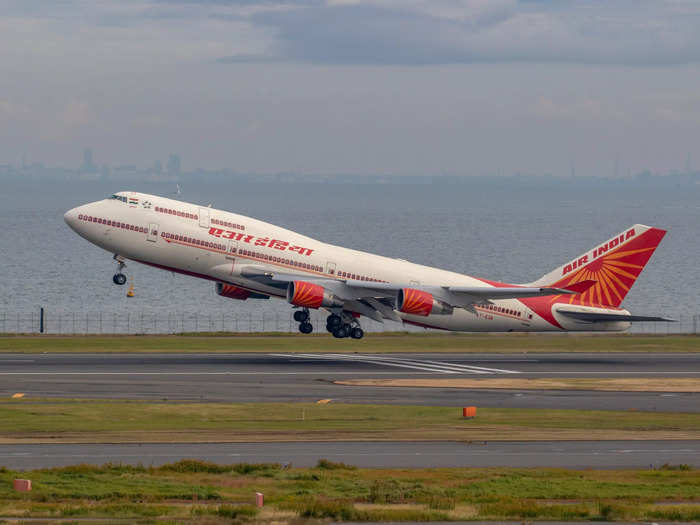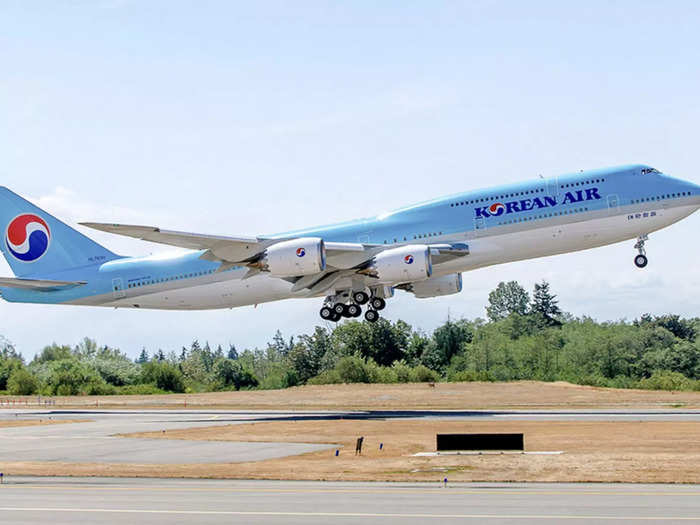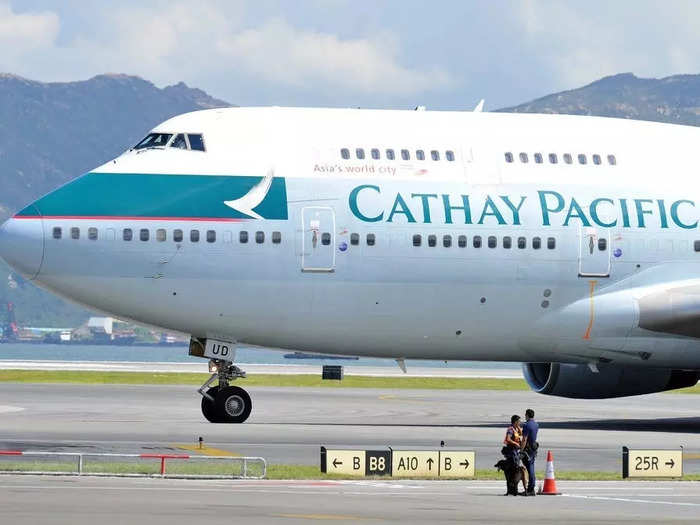More airlines are choosing single-aisle jets for flights from North America to Europe - see the full evolution of jet-powered transatlantic flying
Taylor Rains

Widebody vs narrowbody aircraftBoeing, Airbus
- Widebody aircraft have historically dominated the transatlantic market due to their high capacity and low costs.
- With the rise of long-range narrowbodies, many airlines are opting to put single-aisle jets on flights across the pond.
For decades, transatlantic flying had been dominated by wide-body jets designed for high capacity long-haul travel. Historically, these twin-aisle planes were efficient because they could carry more passengers and cargo at lower operating costs, effectively pushing down ticket prices.
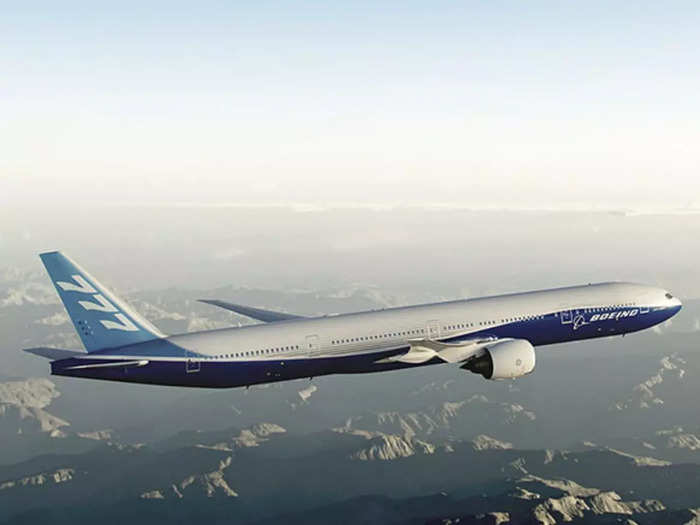
Boeing 777
Boeing
Source: Interesting Engineering
However, since the rise of enhanced single-aisle jets with long-range capabilities, the industry is shifting and airlines are starting to put narrowbody aircraft on flights across the Atlantic.
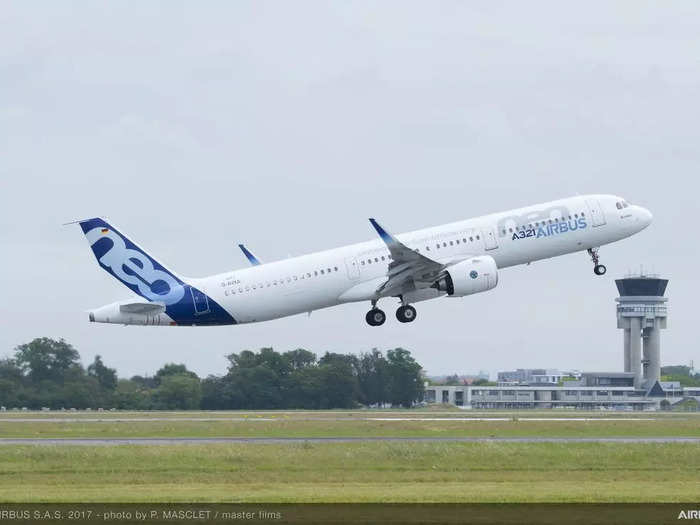
Airbus A321neo
Airbus
Source: Interesting Engineering
Jet-powered transatlantic flying, however, did not start with widebody aircraft, but rather with the de Havilland DH.106 Comet 4 operated by British Overseas Airways Corporation. The single-aisle plane flew the first regularly scheduled commercial flight across the Atlantic in 1958.
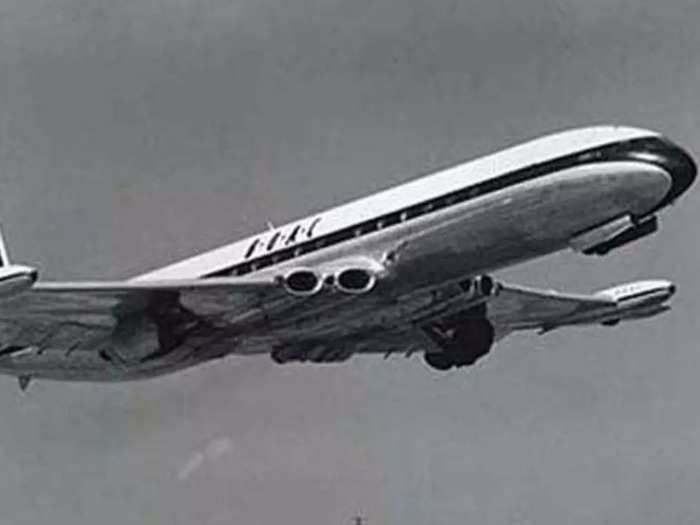
BOAC Comet 4
British Airways
The plane, which was the world's first commercial jet airliner, had one aisle and an 81 passenger capacity.
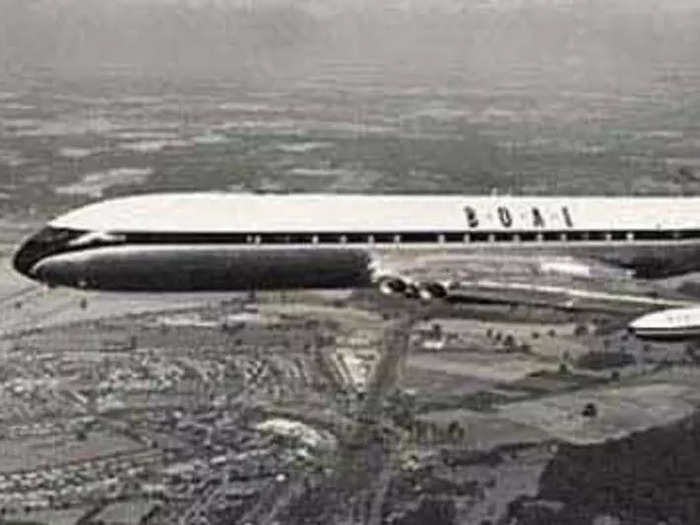
BOAC Comet 4
British Airways
Source: Duxford Aviation Society
Soon after, Boeing launched its first long-haul narrowbody jet, the four-engine Boeing 707, using the lessons learned from the Comet 4. The aircraft's first transatlantic journey was operated by Pan Am from New York to Paris.
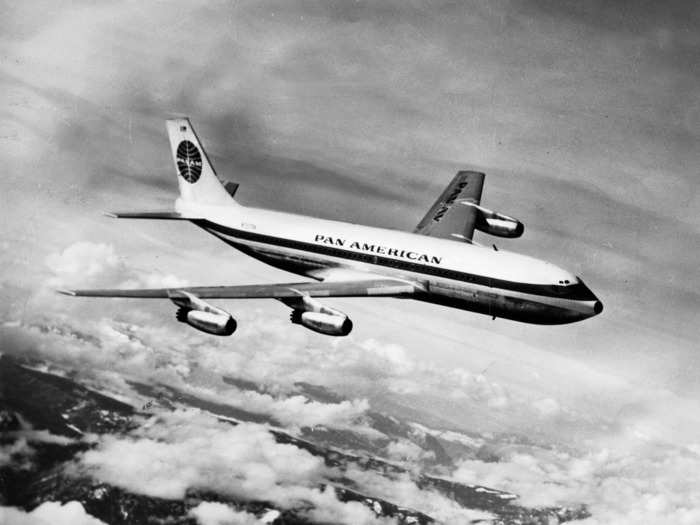
Pan Am Boeing 707
ullstein bild Dtl./Getty Images
Source: Duxford Aviation Society, Britannica
After the start of the jet age, there was a surge in demand for air travel in the 1950s and early 1960s. To handle the increase, manufacturers realized they needed to design bigger aircraft, thus beginning the era of widebody jets.
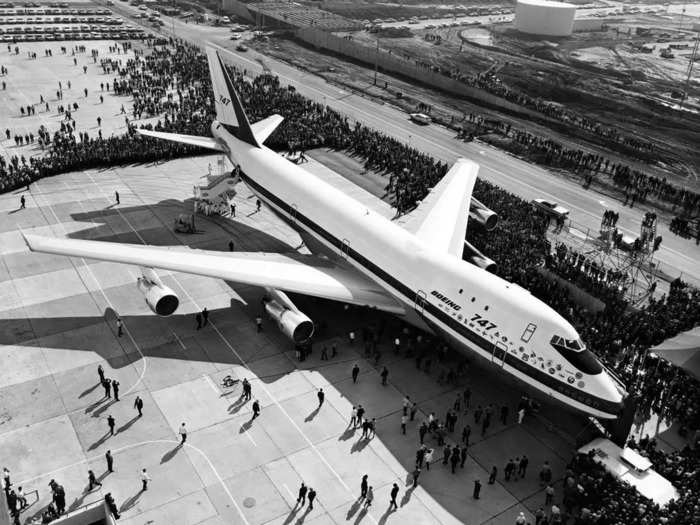
First Boeing 747
-/Getty Images
The first widebody jet was the famous Boeing 747, which revolutionized long-haul air travel. The jumbo-jet doubled the capacity of the 707 and solved the problem of congested airports packed with travelers.
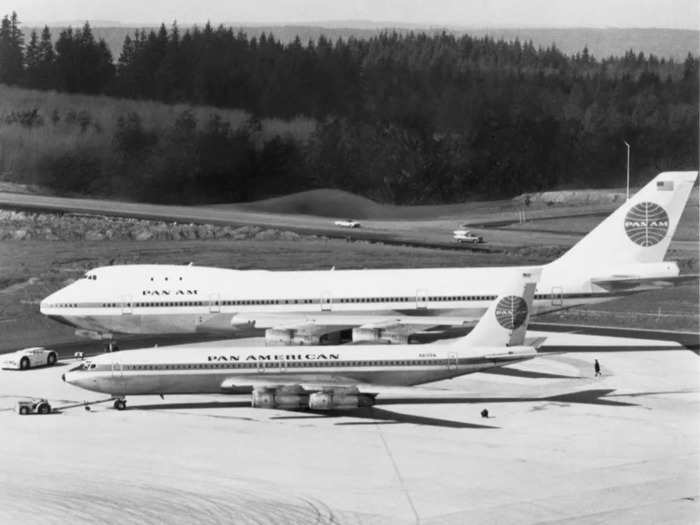
Pan Am Boeing 707 and Boeing 747
Underwood Archives/Getty Images
Pan Am was the first operator of the 747, which was configured with a 347-passenger capacity. The airline launched the aircraft on a route from New York to London's Heathrow Airport.
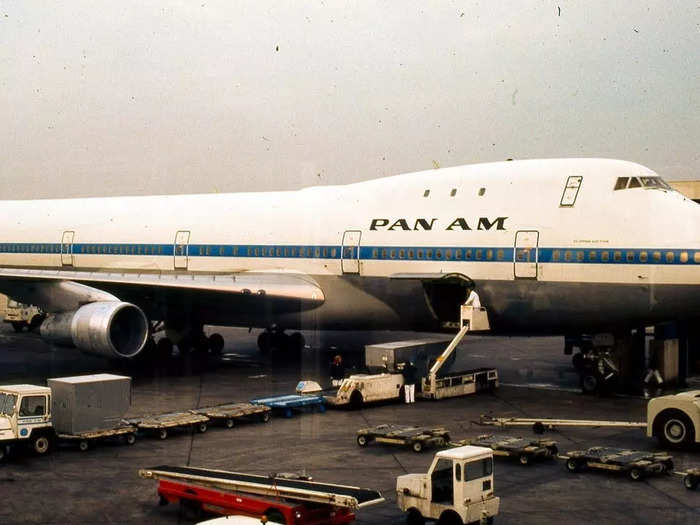
Pan Am Boeing 747
Morse Collection/Gado/Getty Images
Source: Boeing
The 747 ignited the widebody market, which focused on engineering wider aircraft that could accommodate more passengers while also lowering fares. The airliner had four engines, a second level above the nose, and the lowest seat-mile cost in the industry at the time.
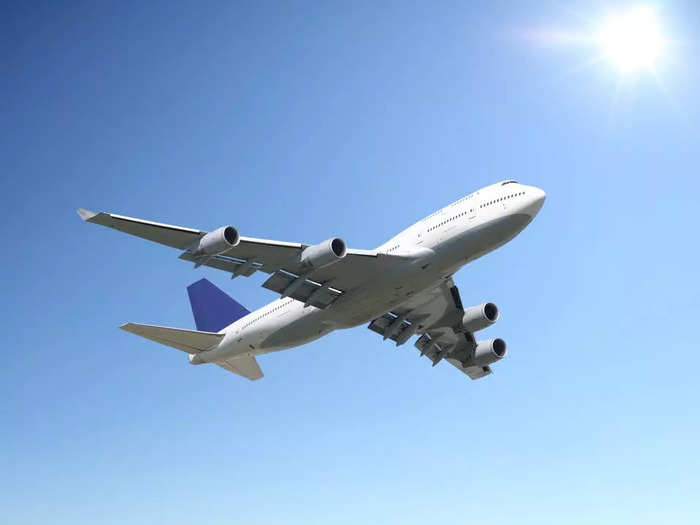
Boeing 747
kickers/Getty Images
The 747 was operated by dozens of airlines, like British Overseas Airways Corporation...
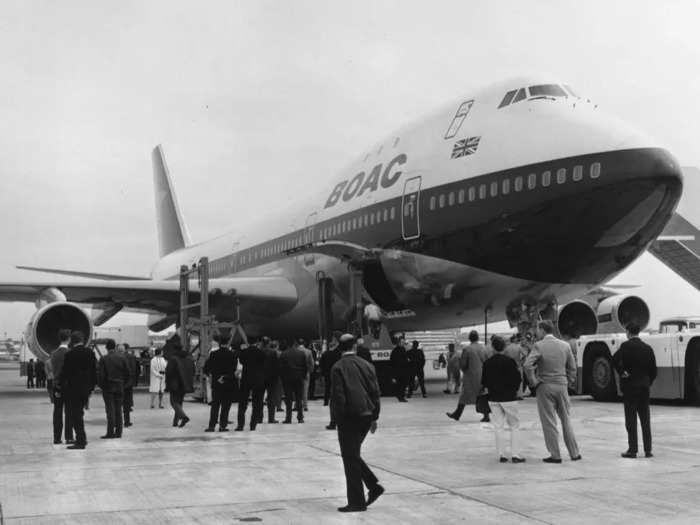
BOAC Boeing 747
Keystone/Getty Images
Source: Boeing
Lufthansa...
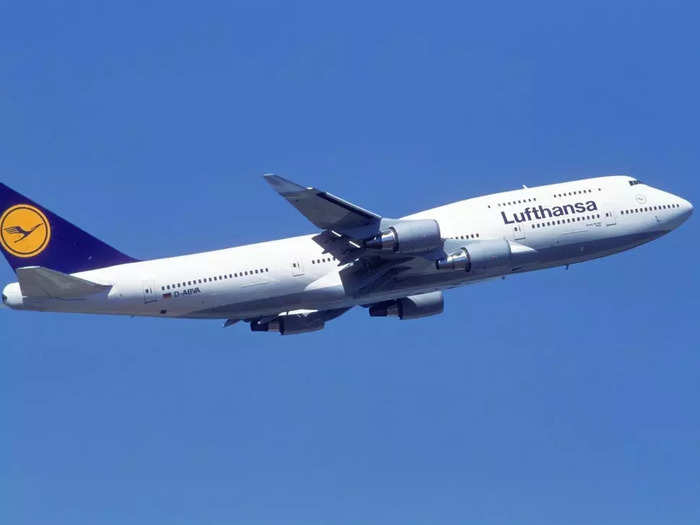
Lufthansa Boeing 747
Wolfgang Deuter/Getty Images
Delta Air Lines...
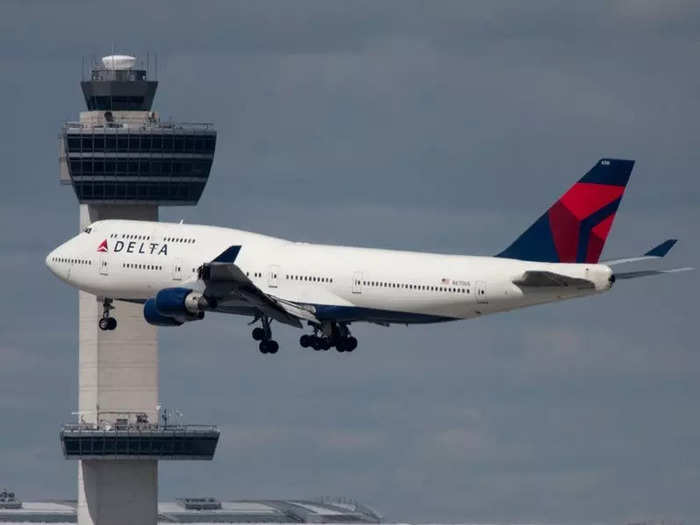
Delta Air Lines Boeing 747
aviation-images.com/Getty Images
Source: Delta Flight Museum
After the 747 came the wide-body trijet McDonnell Douglas DC-10 in 1971, which was engineered after airlines like American and TWA asked manufacturers to come up with a smaller, yet still high-density, long-range aircraft to meet demand.
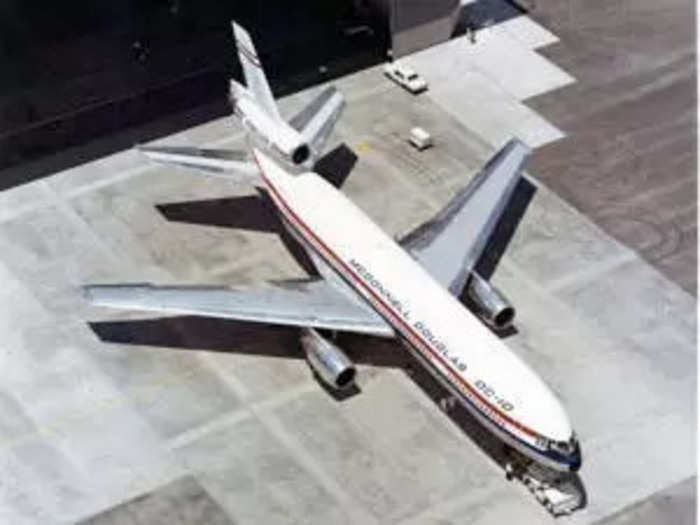
McDonnell Douglas DC-10
Boeing
The aircraft was smaller than the mammoth 747 but could still carry 250-360 passengers. American was its launch customer.
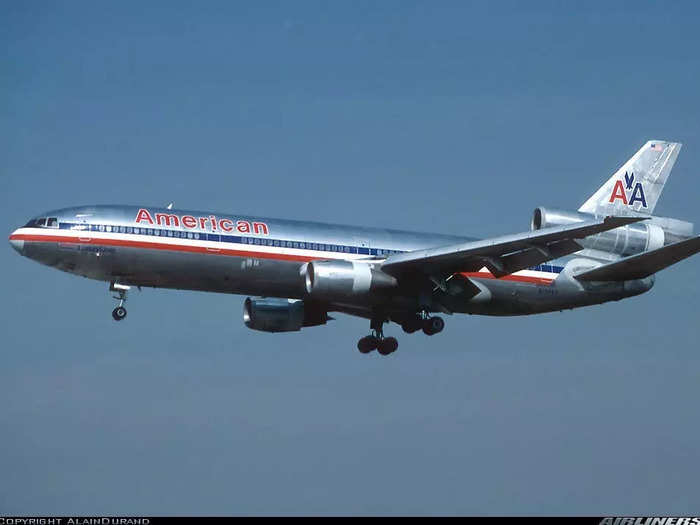
American Airlines DC-10
AlainDurand/Airliners.net
While the original DC-10 was designed mostly for domestic flying, later variants, including the DC-10-30 and DC-10-40, were intended for long-haul routes.
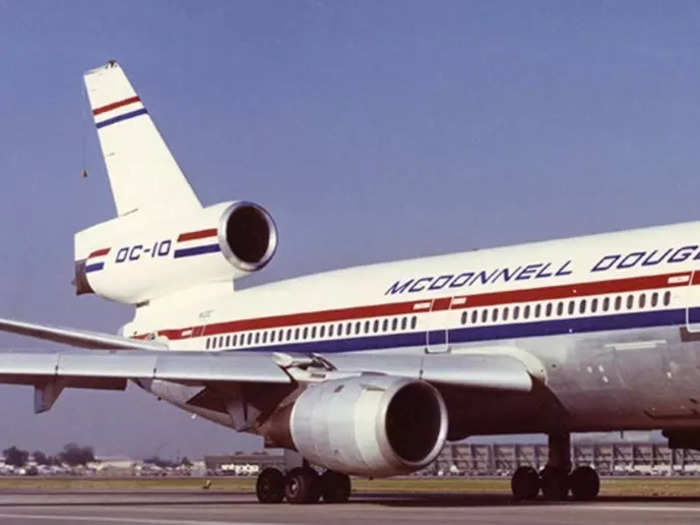
McDonnell Douglas DC-10
Boeing
The DC-10's competitor was the Lockheed L-1011 TriStar, which was the third widebody to enter commercial operations in 1972 with a capacity of up to 400 passengers and a range of over 4,000 nautical miles (4,603 miles).
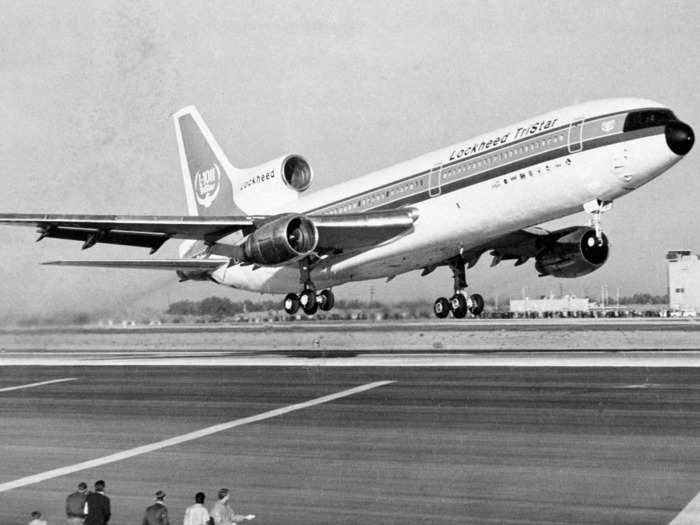
AP
Source: Aero Corner
Commercial aircraft with three engines became standard in the industry after the FAA implemented the 60-minute rule, which restricted twin-engine jets from flying further than 60 minutes from the closest suitable diversion airport.
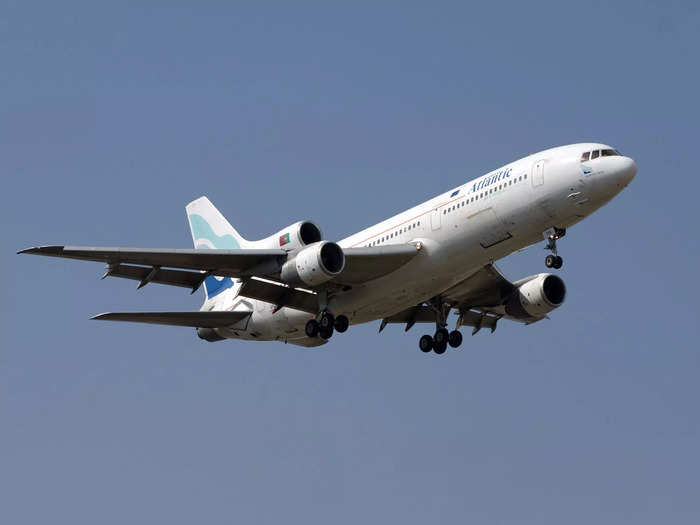
Euro Atlantic Lockheed L-1011 TriStar
InsectWorld/Shutterstock
However, the rule was waived for trijets, opening the door for carriers, like Delta Air Lines, to operate routes that twin jets could not legally serve. Delta used the L-1011 on its first transatlantic flight from Atlanta to London Gatwick Airport in 1978.
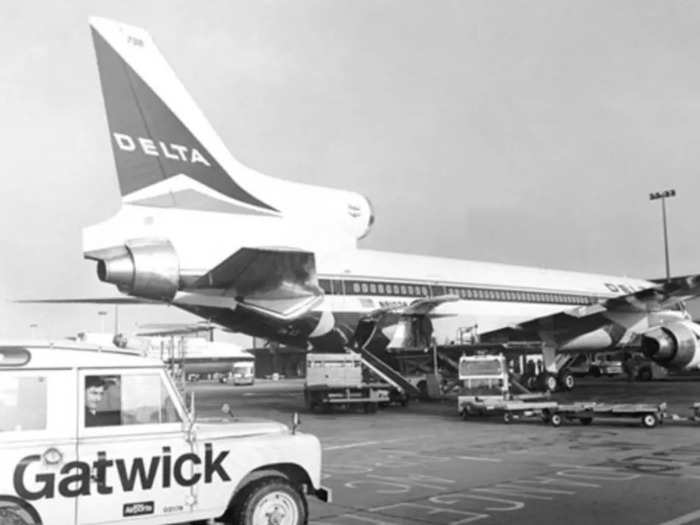
Delta Lockheed L-1011 TriStar at London Gatwick
Delta Flight Museum
Source: Delta Flight Museum
After the success of the trijet, engineers wanted to take transatlantic flying to the next level and began engineering the famous supersonic Concorde jet. The aircraft had four engines that could propel 100 passengers across the ocean in less than four hours.
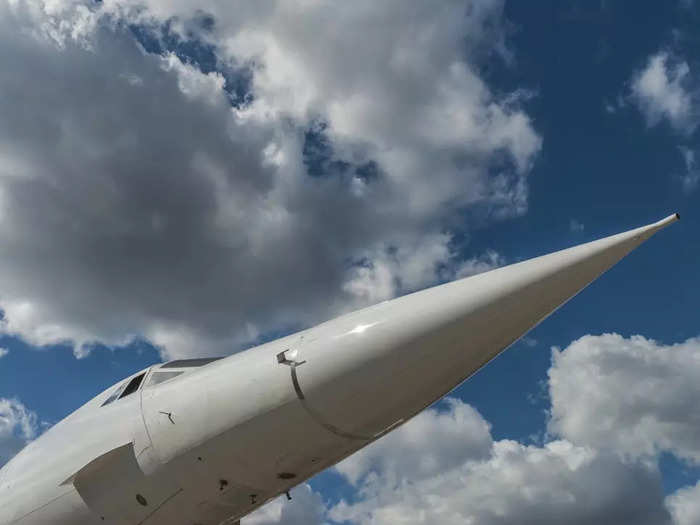
Concorde nose
af8images/Shutterstock
A total of 14 Concordes entered service, all of which were operated by British Airways...
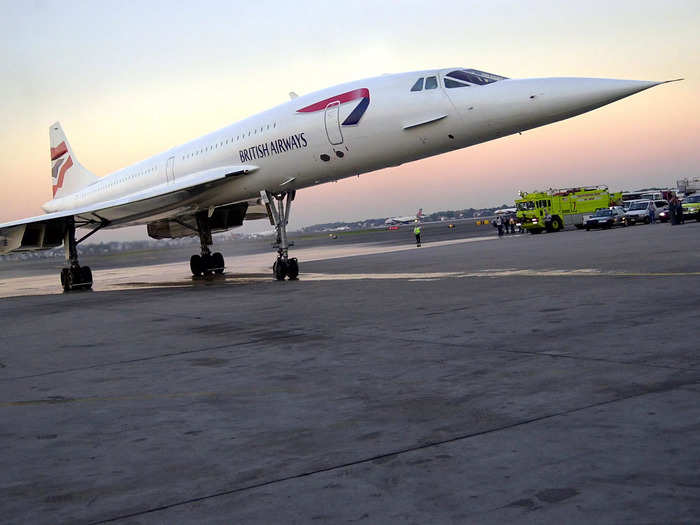
Douglas McFadd/Getty
And Air France.
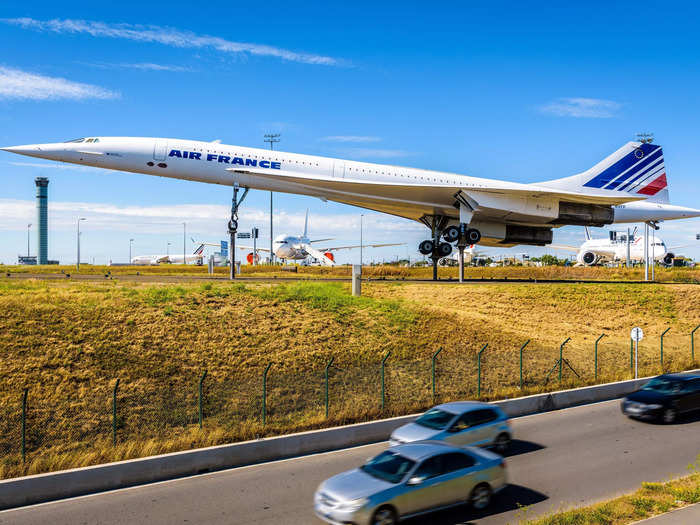
Air France Concorde
olrat/Shutterstock
While the idea of riding on the Concorde was thrilling, its high operating costs, extremely high fares, and environmental and safety concerns forced the plane to stop flying in 2003.
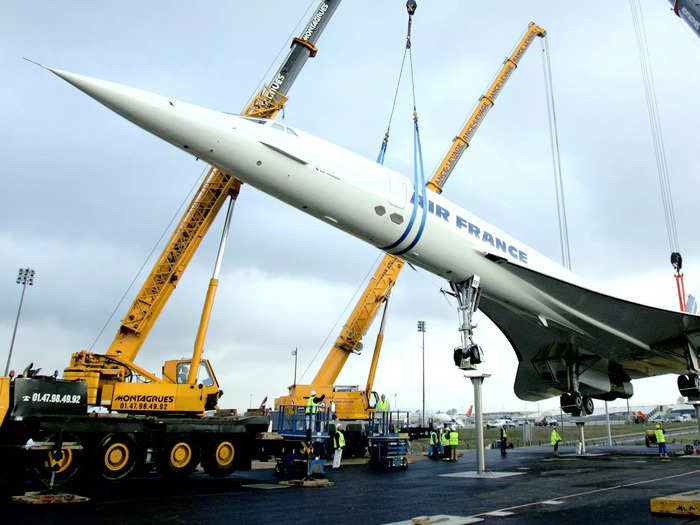
The retired Air France Concorde number 5 is lowered by cranes onto pylons on the tarmac at the Roissy-Charles de Gaulle Airport, north of Paris October 19, 2005.
Franck Prevel/Reuters
After years of flying trijets across the Atlantic, manufacturers and airlines realized the need for more efficient twin-engine jets. The trijet's design proved to be too complex and maintenance issues arose frequently due to the middle engine being mounted on the stabilizer.
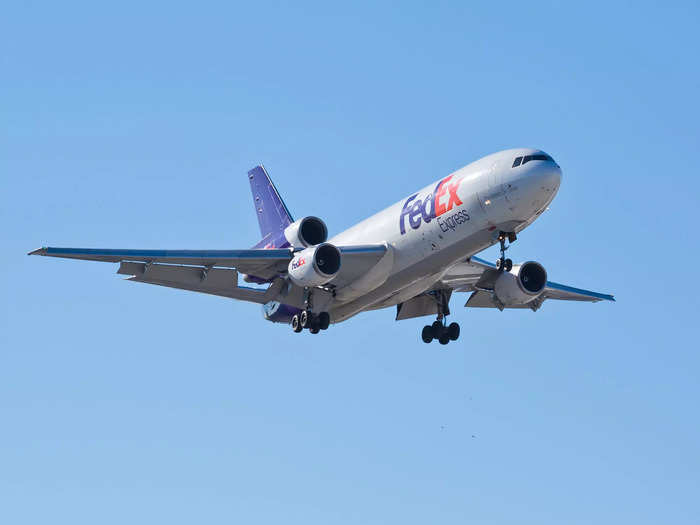
Fedex DC-10
Carlos Yudica/Shutterstock
Source: AvGeekery
In 1972, Airbus revolutionized air travel with the world's first twin-engine widebody aircraft, the A300B. However, twin jets were still unable to fly over oceans due to the FAA's strict 60-minute rule, but that changed with the introduction of the Boeing 767.
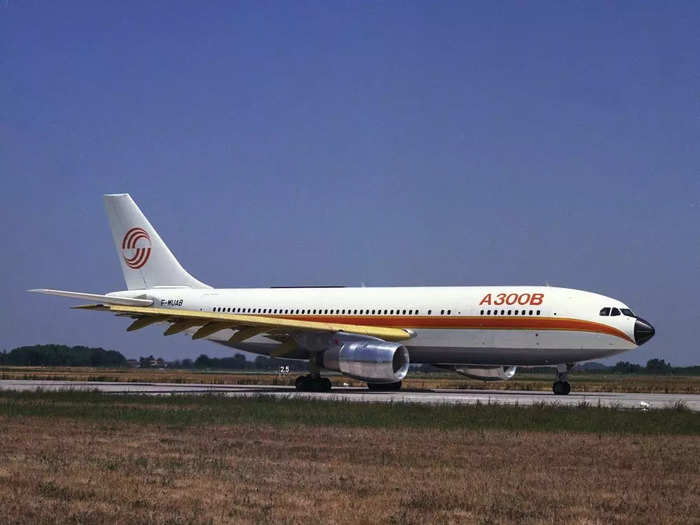
Airbus A300B
Airbus
Source: Airbus
The first twin-jet introduced that was capable of transatlantic flying was the Boeing 767-200ER in 1982, which pushed the development of Extended-range Twin-engine Operational Performance Standards, known as ETOPS.
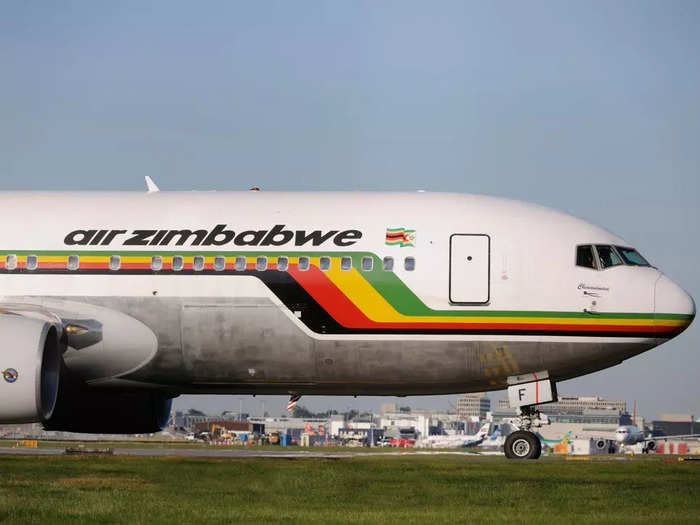
Air Zimbabwe Boeing 767-200ER
aviation-images.com/Getty Images
Source: AvGeekery
The modern technology on the 767 gave the aircraft enhanced safety, reliability, and redundancy that was not seen on former commercial aircraft. The engines were highly reliable and its computerized systems enabled it to safely fly further than 60 minutes from the closest airport.
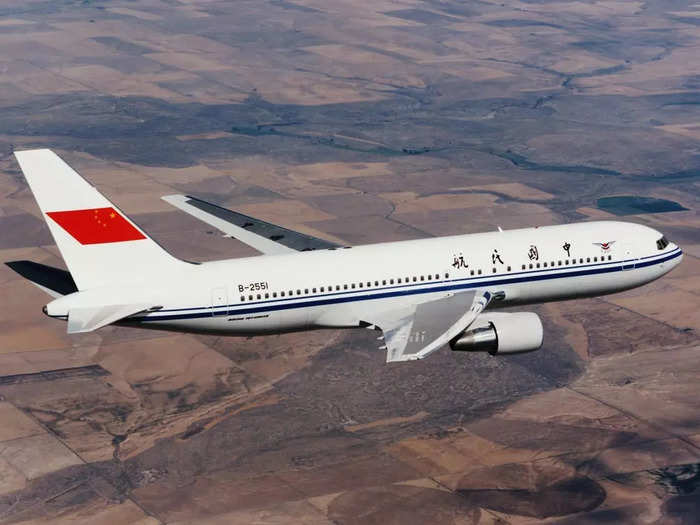
Boeing 767-200ER passenger jet
Museum of Flight Foundation/Getty Images
For years, ICAO, the FAA, and Boeing collected data of every engine shutdown and malfunction on the 767. The organizations wanted to determine how the aircraft would operate outside the 60-minute rule and if the change would be a safe decision.

Boeing 767-200ER engine
aviation-images.com/Getty Images
In late-1983, Air Canada officially received an exemption to operate the Boeing 767 on routes that flew within 75 minutes of the nearest suitable airport.
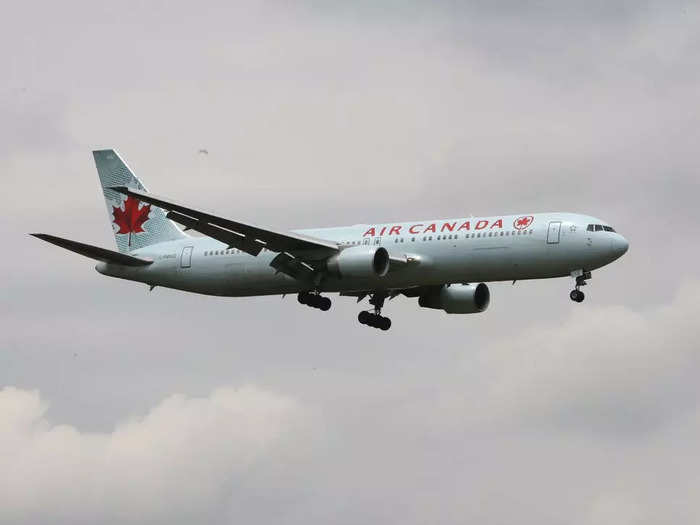
Air Canada 767
Steve Parsons - PA Images/Getty Images
Soon after, Trans World Airlines, also known as TWA, and Israeli national carrier El Al received the same permission. This opened routes across the Atlantic and to the Caribbean.
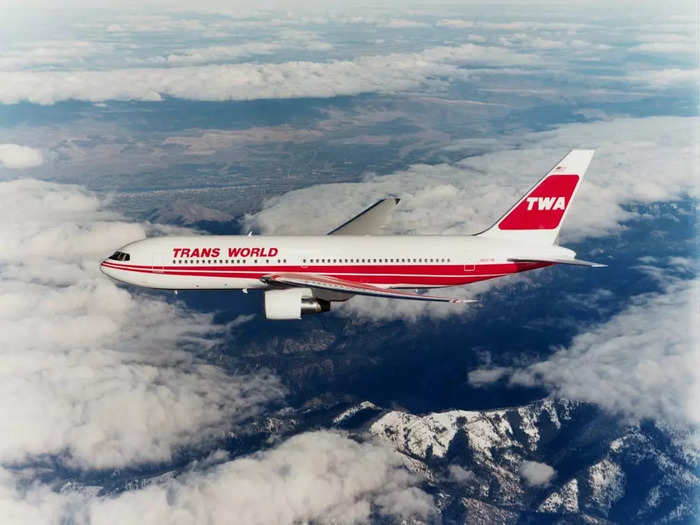
TWA 767
Museum of Flight Foundation/Getty Images
In 1984, two years after the debut of the Boeing 767, El Al operated a route from Tel Aviv, Israel to Montreal, Canada on the aircraft's first transatlantic route, though the carrier stayed inside the 60-minute margin.
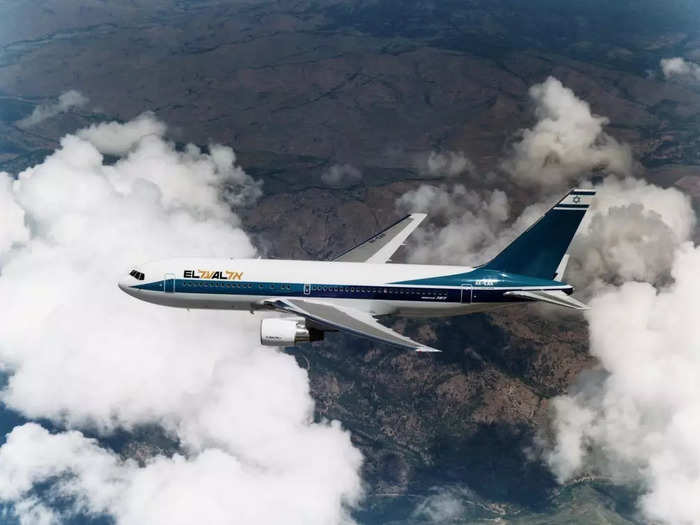
El Al Boeing 767-200
Museum of Flight Foundation/Getty Images
By this time, FAA director Lynn Helms, who was adamant about not changing the 60-minute rule, was no longer in charge. His successor Donald Engen was more open-minded about extending the rule.
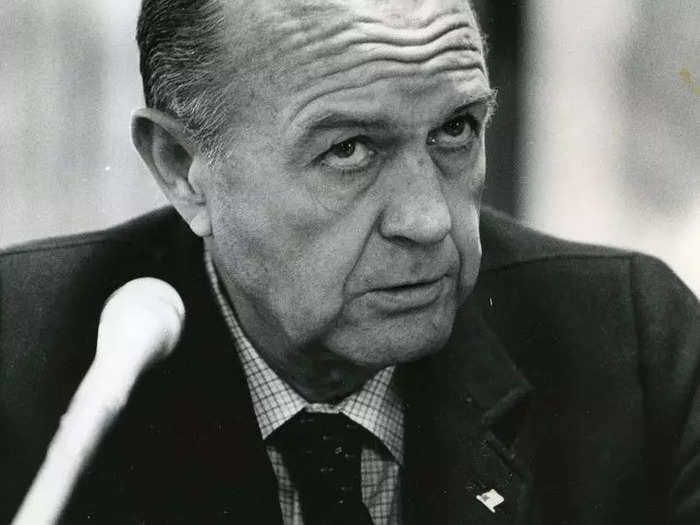
FAA chief Lynn Helms
The Washington Post/Getty Images
In June 1984, Boeing received a one-time waiver to deliver the 767 from Washington Dulles to Ethiopian Airlines in Addis Adaba, Ethiopia.
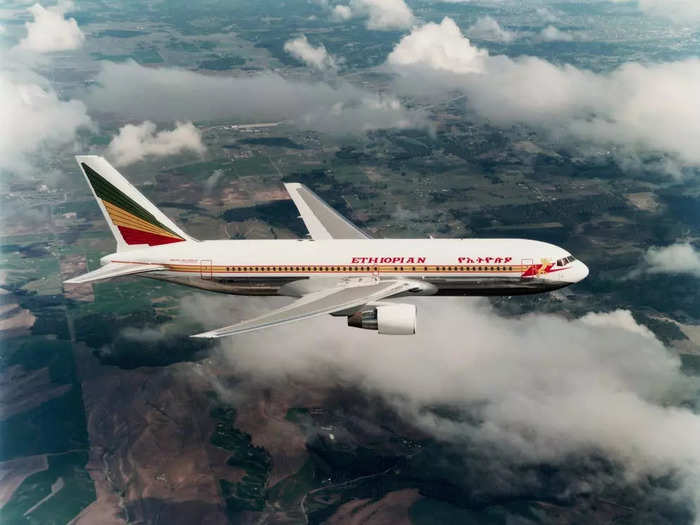
Ethiopian Airlines Boeing 767-200ER
Museum of Flight Foundation/Getty Images
Later that year, Air Canada received its first ETOPS-certified 767 that could fly the 75-minute exemption.
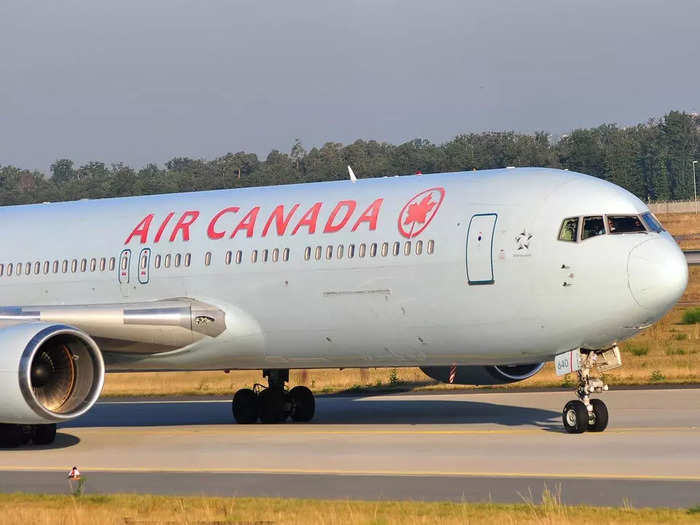
Air Canada Boeing 767
Vytautas Kielaitis/Shutterstock
In 1985, Boeing engineer and test pilot Dick Taylor lobbied the FAA to extend the restrictive 75-minute rule to 120 minutes. Many airlines had already started petitioning the FAA to make the change, including TWA.
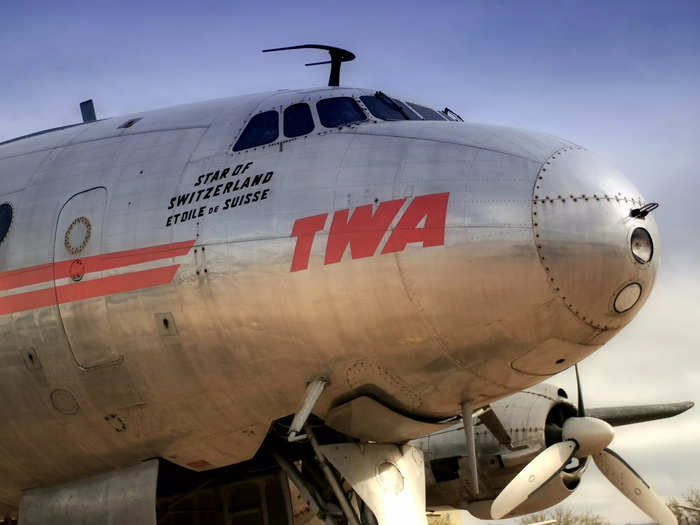
Vintage TWA aircraft
LouLouPhotos/Shutterstock
However, the FAA said that before the rule was changed, the aircraft had to prove "statistical maturity," meaning it had to show its onboard systems and Pratt and Whitney JT9D turbofan engines were safe and reliable. Part of the test included logging 250,000 hours of consecutive passenger flight time with minimal engine shutdown.
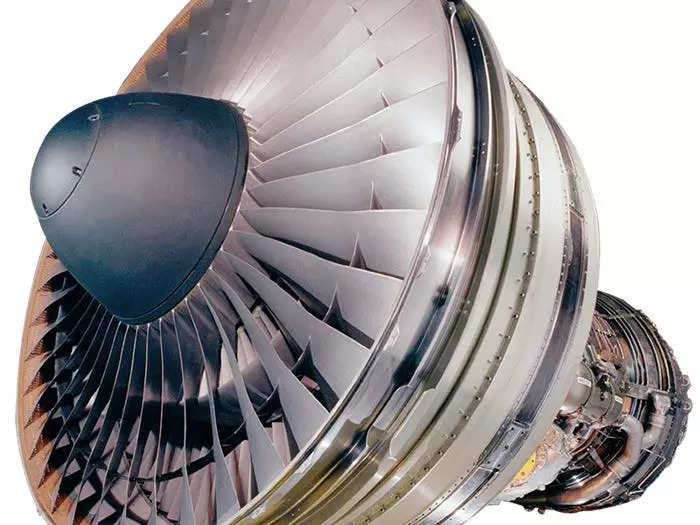
Pratt and Whitney JT9D turbofans
Pratt and Whitney
Source: AvGeekery
The first revenue passenger flight to operate under the new 120-minute ETOPS rule was TWA flight 810 from Boston to Paris, using Greenland's Kangerlussuaq Airport as the diversion airport. The 767 shortened the flight time and burned 7,000 pounds less fuel than the L-1011 on the same journey.
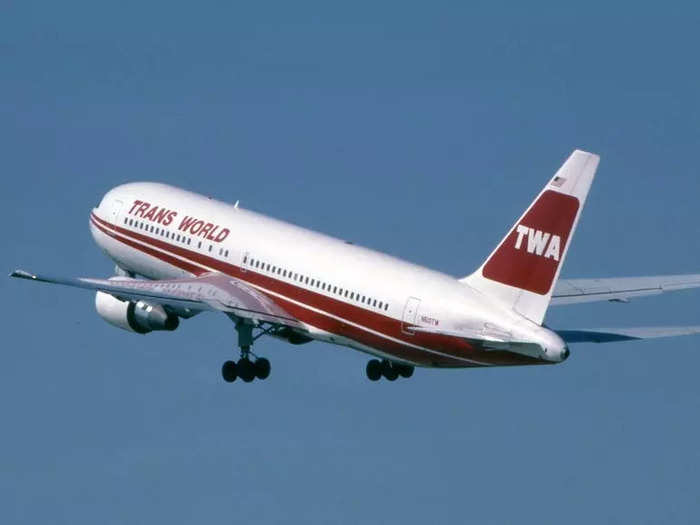
TWA 767-200
Jon Proctor/JetPhotos
The 120-minute ETOPS extension was a success, but Taylor wanted to go further because it was still not enough time to make the jump from California to Hawaii. Boeing continued to collect transatlantic data and in 1989, the FAA approved the 180-minute ETOPS rule for the 767.

Art Wager/Getty Images
Source: AvGeekery
American Airlines operated the first ETOPS-certified flight from Dallas to Honolulu in 1989, and in 1993 the entire 767 family received 180-minute ETOPS certification.
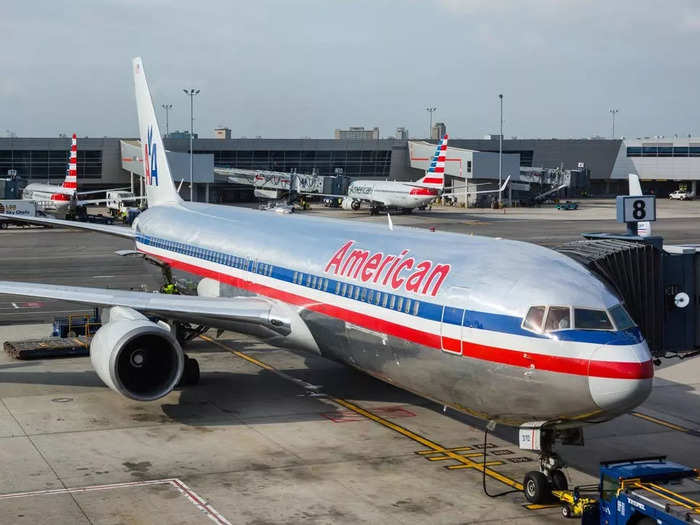
American Airlines Boeing 767
William Perugini/Shutterstock
After the certification of the 767, Airbus' A300 family aircraft were able to fly transatlantic. American Airlines operated the twin-engine jet on several routes, including New York to London and Boston to Paris. The plane was 30% more fuel-efficient than the L-1011.
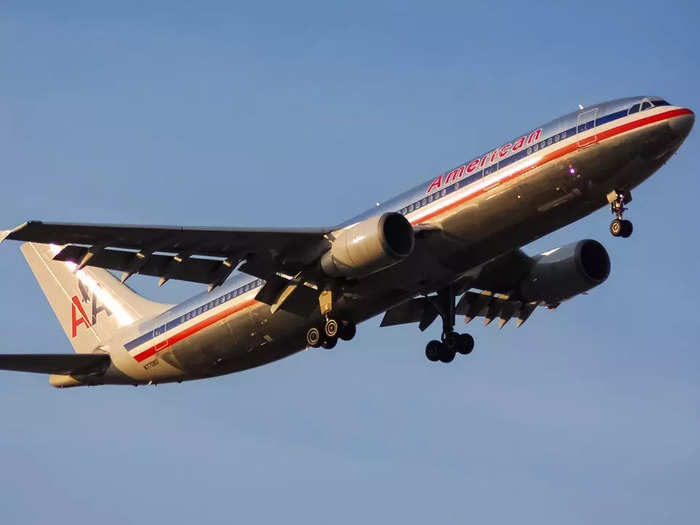
American Airlines Airbus A300-600
NYC Russ/Shutterstock
Source: AvGeekery, Simple Flying
With the enhanced efficiency of twin-engine jets and the extension of ETOPS, the popularity of trijets and four-engine jets was losing momentum. By 1991, the number of passengers flying across the Atlantic on 767s exceeded those flying on jets with three or four engines, and by 2000, 50% of transatlantic journeys were made by the 767 family.
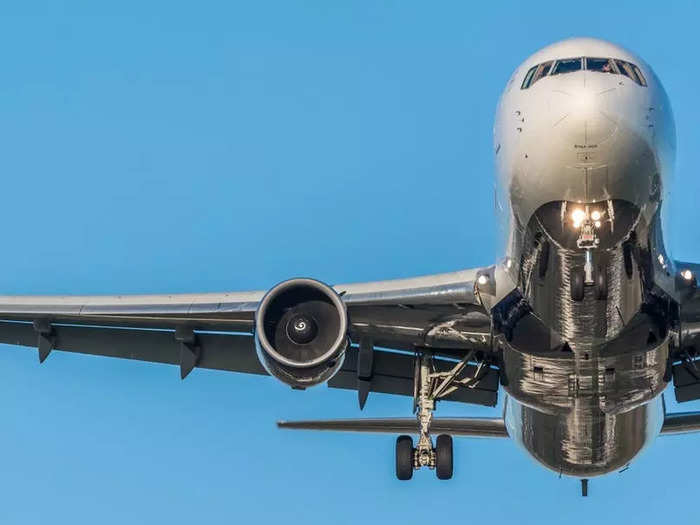
Delta Air Lines Boeing 767-300
Nieuwland Photography/Shutterstock
Source: AvGeekery
The 767 set the foundation for future twin-engines to take flight, like the Boeing 777, the Boeing 787, the Airbus A330, and the Airbus A350, which took over the routes that were traditionally dominated by trijets and four-engine aircraft.
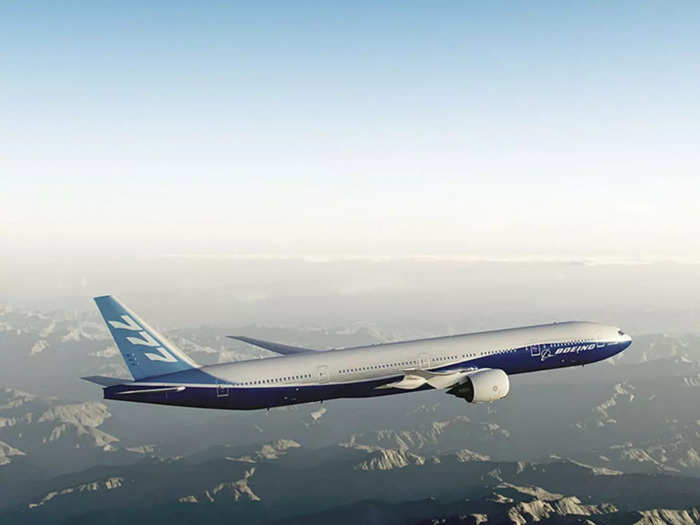
Airbus A330-800neo
Boeing
Source: AvGeekery
Throughout the 2000s and 2010s, widebody twin jets reigned supreme for transatlantic travel, though there were a few exceptions.
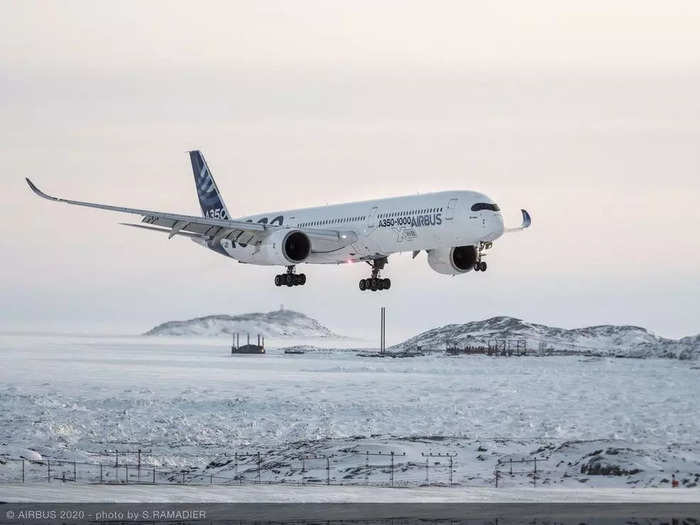
Airbus A350-1000
Airbus
Source: Simple Flying
Delta, United, and American all operated Boeing's single-aisle 757 aircraft across the Atlantic between cities like London and Washington, DC.
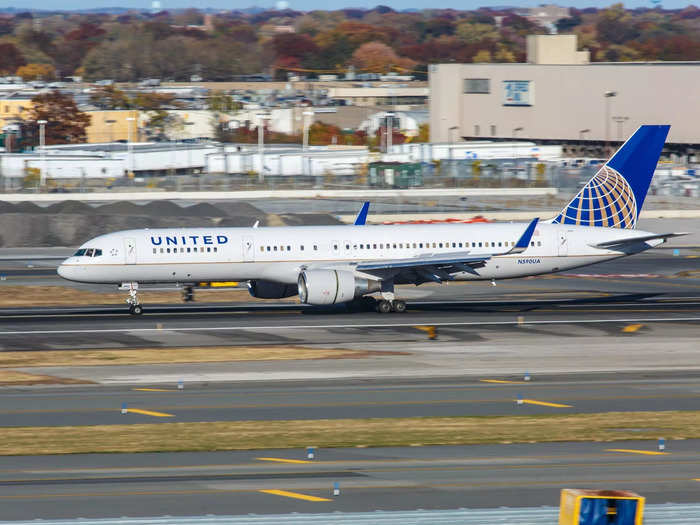
A United Airlines Boeing 757-200 at New York's John F. Kennedy International Airport.
Eliyahu Yosef Parypa/Shutterstock.com
Source: Simple Flying
Moreover, Icelandair also popularized the 757 for transatlantic flying with its route from New York to Reykjavik, which it still operates today.
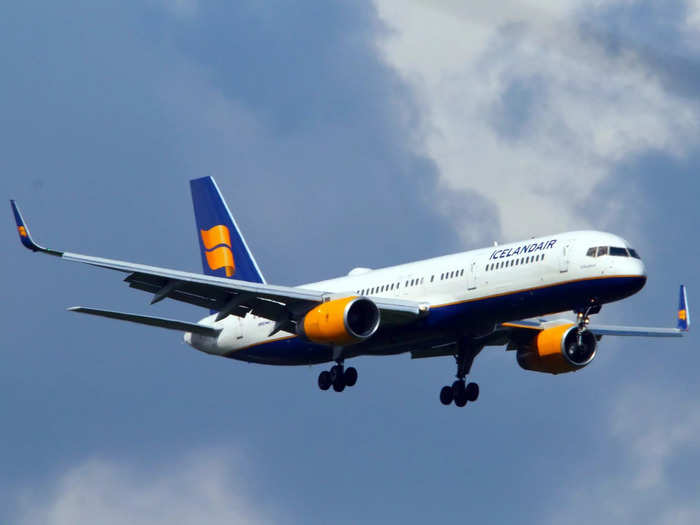
An Icelandair Boeing 757-200.
Malcolm T Walls Photo's/Shutterstock.com
Over the years, the popularity of single-aisle transatlantic travel rose, though they did not always bode well with passengers who complained of cramped space and fewer lavatories.
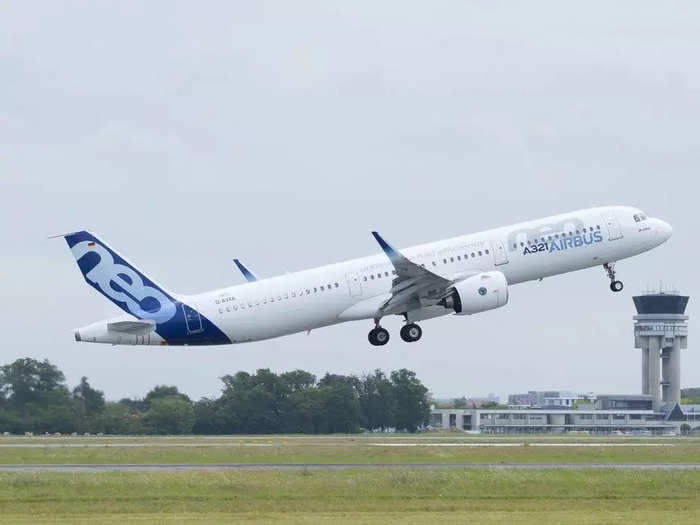
Airbus A321neo
Bengt Lange/Airbus
Source: Forbes
Nevertheless, airlines have struggled to fill large passenger jets like the 500-seater A380 and point-to-point travel has become more popular among consumers who prefer direct routes versus stopping in a hub city.
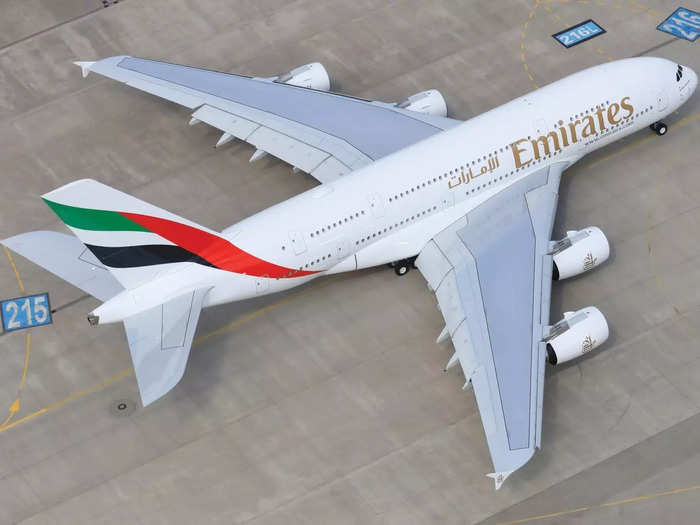
Emirates Airbus A380
Emirates
Source: Forbes
Because of this, the industry is seeing more and more airlines move to use smaller single-aisle jets on long-haul journeys to ensure they fill the aircraft to capacity. Moreover, operating these next-generation planes is cheaper and more efficient, especially for low-demand city pairs.
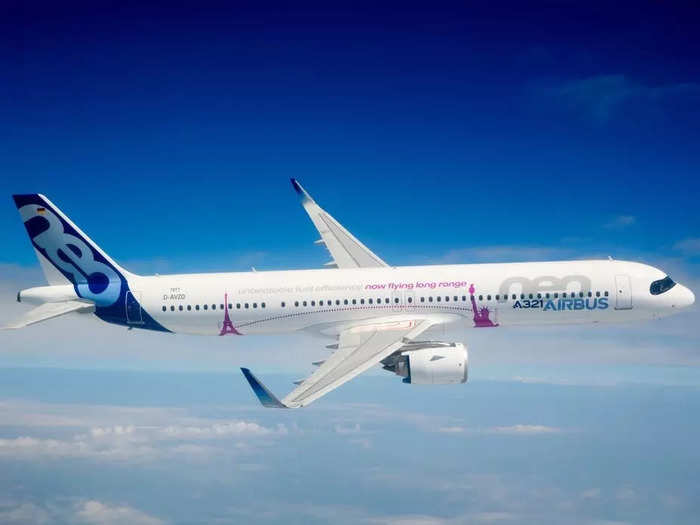
Airbus A321LR
Airbus
As a result, several airlines have launched single-aisle aircraft routes to cross the pond, including JetBlue's A321LR from New York to London...
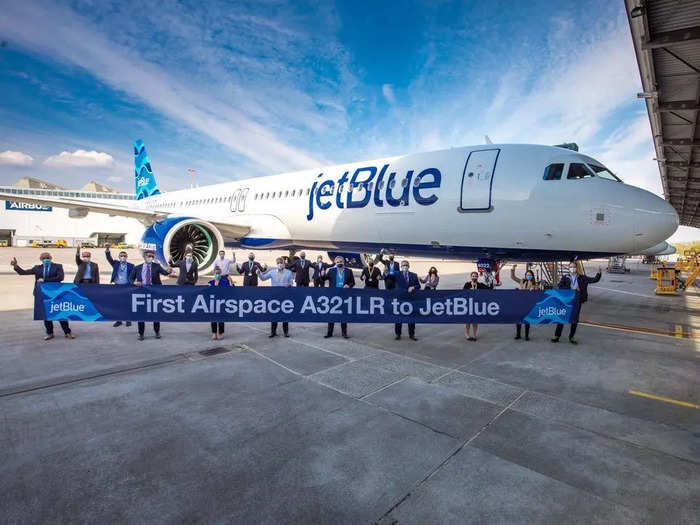
JetBlue Airways A321LR
Bengt Lange/Airbus
La Compagnie's all-business-class A321neos from New York to Paris...
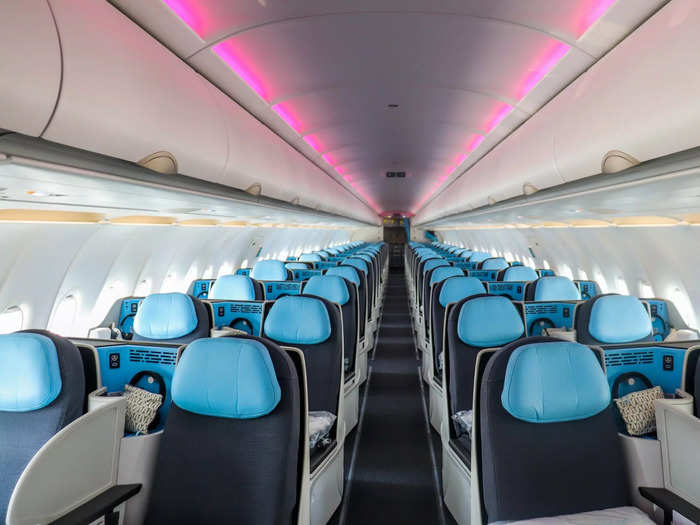
A La Compagnie all-business class Airbus A321neo
Thomas Pallini/Insider
Air Transat's A321LR flight from Montreal, Canada to Athens Greece...
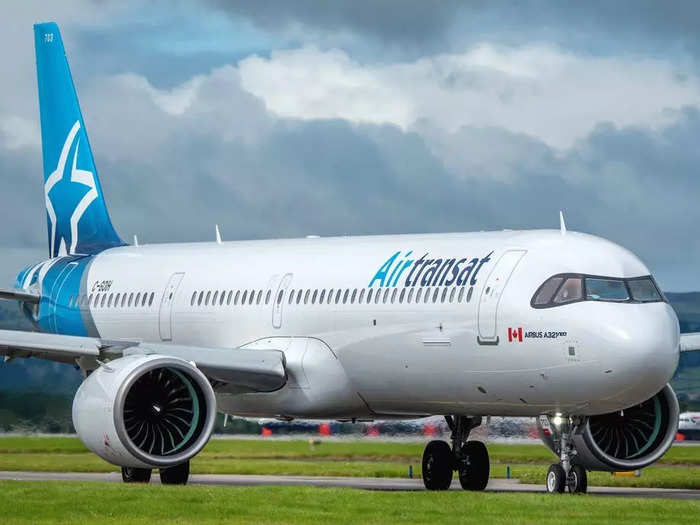
Air Transar Airbus A321LR
Liner/Shutterstock
Source: Simple Flying
And TAP Air Portugal's A321LR from Lisbon to Montreal, Canada. TAP said the aircraft's low fuel consumption allows it to "operate profitability in smaller markets that cannot be regularly served by larger widebody aircraft."
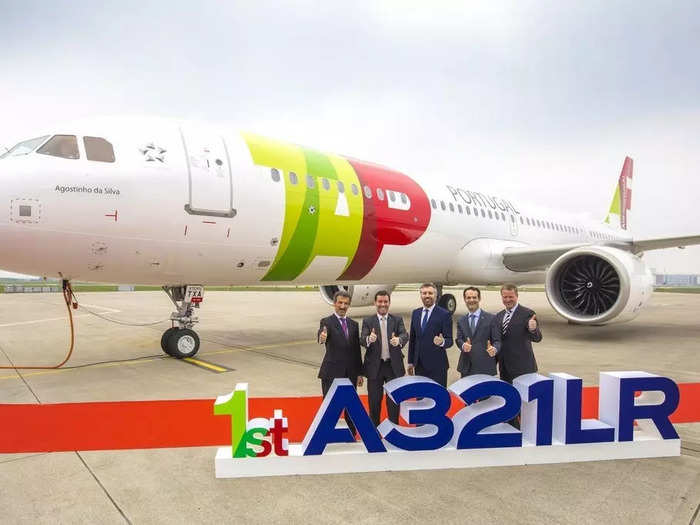
TAP Air Portugal Airbus A321LR
Airbus
Source: Business Traveler
While the A321LR has become popular for long-distance travel, the Boeing 737 MAX has also proven to be a viable aircraft for transatlantic service.
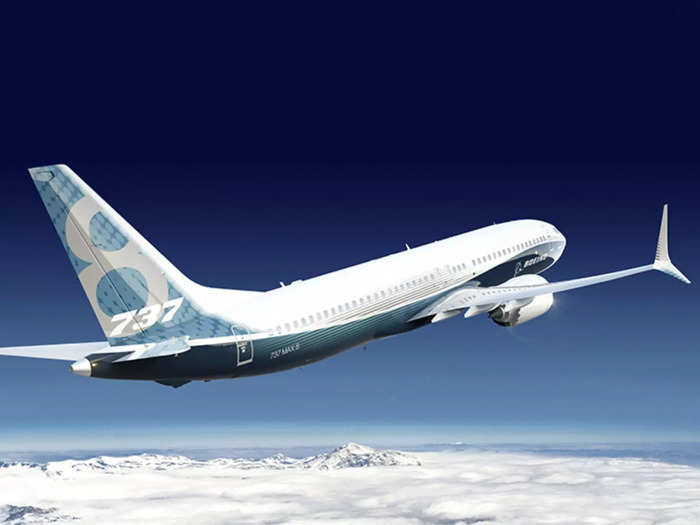
Boeing 737 MAX 8
Boeing
Canada's WestJet announced it would be flying the MAX from Toronto and Halifax to Dublin. Unlike other carriers, the aircraft will not have a heavy premium product. Instead, it will have 174 seats, including 162 in economy and 12 in premium.
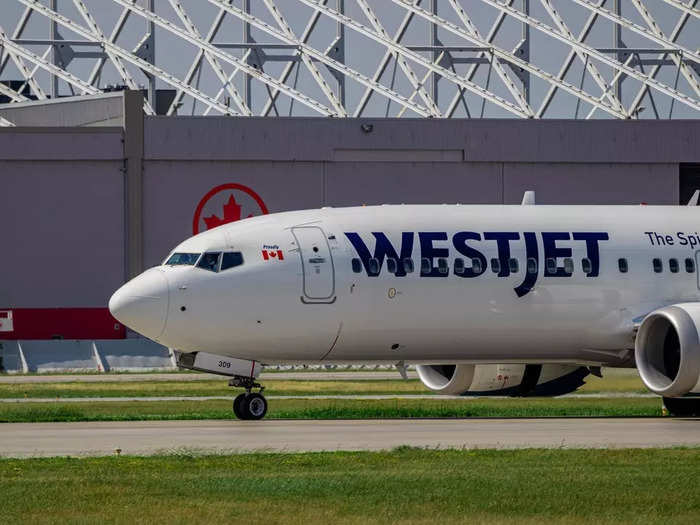
WestJet Boeing 737 MAX 8
Joel Serre/Shutterstock
Source: Mentour Pilot
Meanwhile, United Airlines recently announced it would be flying its Boeing 737 MAX 8 on flights from Newark to Ponta Delgada, Portugal.
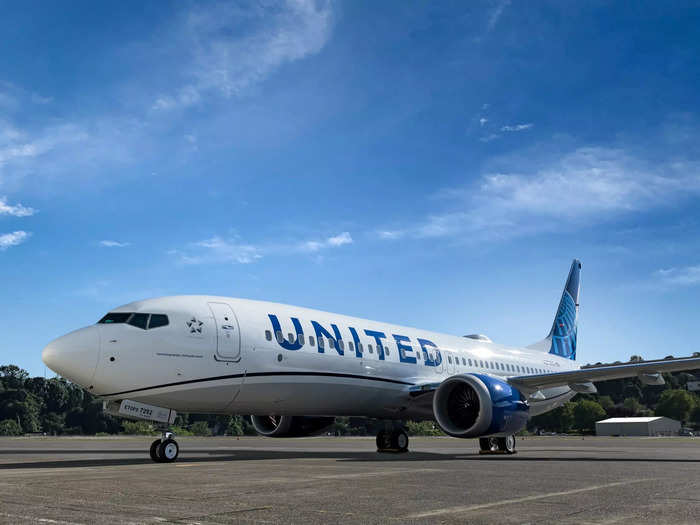
United Airlines's brand-new Boeing 737 MAX 8
United Airlines
With single-aisle jets becoming normalcy on transatlantic flights, manufactures are starting to produce even more efficient longer-range jets, like the Airbus A321XLR, which will further push the transatlantic single-aisle renaissance.
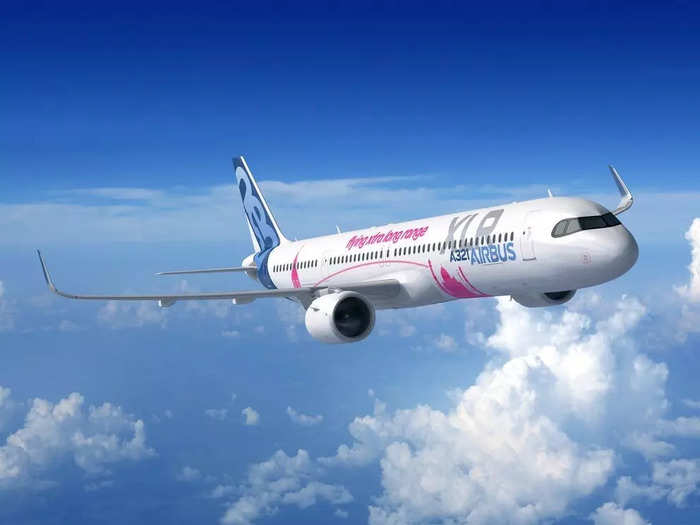
Airbus A321XLR
Airbus
READ MORE ARTICLES ON
Popular Right Now
Popular Keywords
Advertisement
